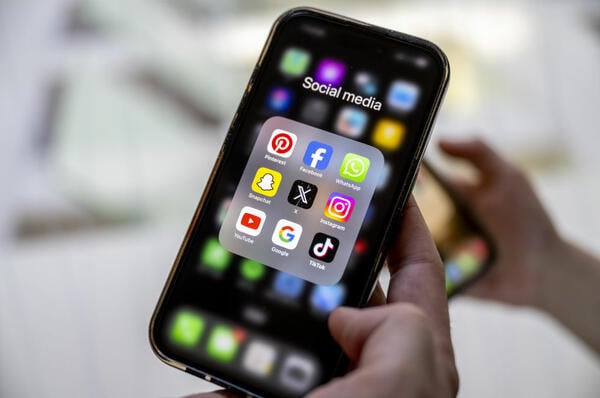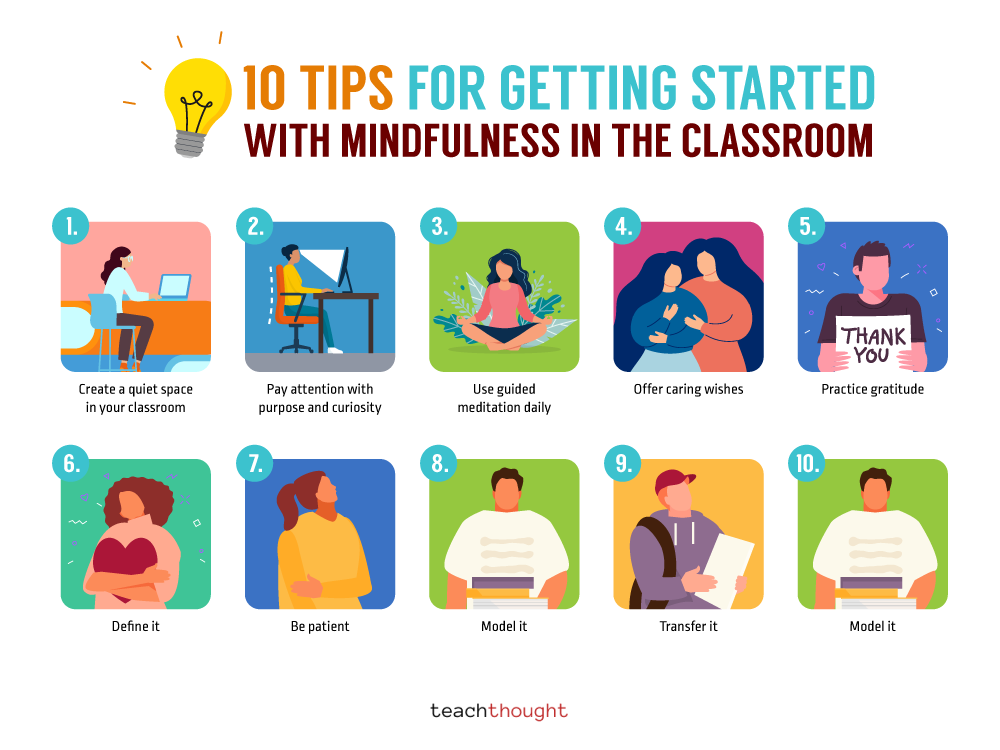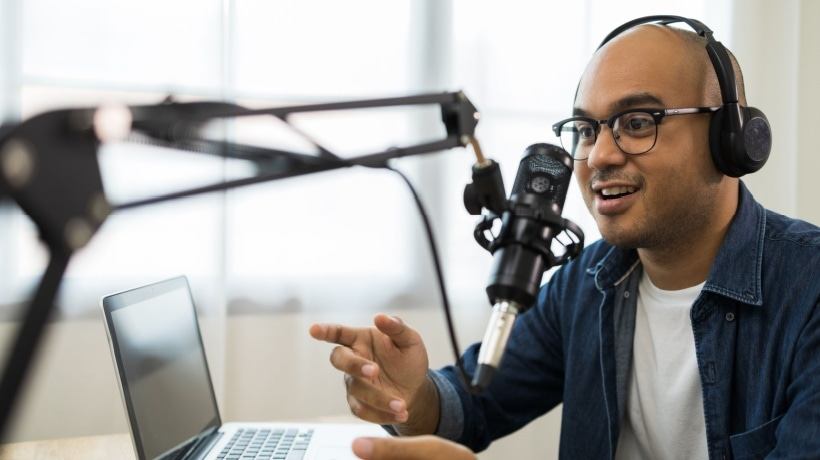Faculty college students typically have a sophisticated relationship with social media, with a lot of learners lively on a number of social media platforms but in addition conscious of the destructive psychological well being penalties social media can have.
Teenagers obtain tons of of notifications on their telephones each day, with over half of one examine’s contributors receiving greater than 237 notifications per day. Almost one in 5 teenagers say they’re on YouTube or TikTok nearly always, in accordance with a 2023 survey from Pew Analysis.
A Could 2024 Pupil Voice survey by Inside Increased Ed discovered one-third of respondents indicated social media was one of many largest drivers of what many name the faculty psychological well being disaster.
A latest examine authored by a bunch of researchers from Michigan State College and printed within the Journal of Up to date Points in Schooling evaluates how college students with disabilities work together on social media and construct social capital.
Researchers discovered disabled college students—together with these with autism, nervousness, attention-deficit and/or hyperactivity dysfunction—had been extra prone to search out new relationships and interact in lively social media posting, which may advance connectedness and relationships amongst learners.
The background: Whereas social media can provide customers social helps, resembling selling a way of belonging throughout occasions of transition or disaster, it additionally poses dangers for younger folks, together with cyberbullying and on-line harassment, in accordance with the examine.
Earlier research present youth with disabilities expertise increased charges of cyberbullying in comparison with their friends, however college students with disabilities are additionally extra prone to report they obtain social help via social media, which could possibly be tied to the social isolation they’ll expertise in particular person.
Present literature typically focuses on the destructive results of social media for younger adults with disabilities, however it’s not identified if there are variations between the experiences of these with and with out disabilities and their social media habits.
“Understanding totally different learners’ experiences with social media might assist faculty school, particular schooling professionals, and counselors not solely think about using social media to create extra welcoming and supportive studying environments but in addition how they could play a job in constructing particular person learner’s capability for optimistic digital participation,” researchers wrote.
Methodology: Researchers performed a survey of school undergraduates within the U.S. with and with out disabilities in fall 2021, accumulating information on social media use, social capital and psychological well-being. In complete, 147 college students responded to the survey.
From this pattern, researchers chosen 5 people with and 5 people with out disabilities to take part in semistructured interviews. Members had been matched based mostly on social media habits and demographic components, resembling gender.
Outcomes: Via postsurvey interviews with 10 college students, researchers discovered that whereas each teams of scholars interact on social media for private leisure and to remain linked with folks of their social circles, college students with disabilities had been extra prone to say they used social media to provoke and develop relationships.
All 5 contributors with out disabilities used Snapchat to work together with pals or be in contact with family members in a casual method, and all contributors used Instagram to remain up-to-date with their friends.
Among the many 5 contributors with disabilities, college students reported utilizing extra social media platforms individually, and these learners had been extra probably to make use of TikTok (which in fall 2021 first hit one billion month-to-month lively customers in comparison with Instagram’s then-two billion customers) in comparison with their friends. College students reported utilizing TikTok for watching movies, sharing humor with their pals or taking part in bigger group constructing, together with skilled studying networks or cosplaying.
College students with out disabilities had been extra prone to say social media made no distinction on their relationships or that it positively impacted their relationships by permitting them to remain in contact over geographical distances or different boundaries.
Equally, all college students with disabilities mentioned social media assisted with their relationships, permitting them to attach with new folks, increase their group and assist handle their disabilities by connecting with others.
Some respondents with disabilities mentioned they felt extra assured to have interaction with strangers in a secure method on-line and that social media was an avenue to search out like-minded folks they wouldn’t ordinarily work together with, permitting them to construct new relationships. This was a novel pattern to college students with disabilities; these with out had been extra prone to say they use social media to have interaction with folks they already had relationships with.
College students with disabilities could have larger challenges with in-person socialization, which researchers theorize makes social media notably vital for these learners, who additionally mentioned they’re extra prone to publish on social media versus passively scroll.
Interacting with others within the incapacity group and breaking stigma round incapacity was one other theme in conversations with disabled college students. These interactions could possibly be with friends who share their incapacity or from medical professionals or help teams who present new info.
One limitation to the analysis was social desirability bias, or respondents’ tendency to reply questions in a method that might please researchers, which means college students underreport undesirable behaviors. The pattern included solely feminine and nonbinary college students, which creates additional limitations to the info.
Put in observe: Researchers supplied some solutions for a way educators can make the most of this information to create a extra inclusive studying atmosphere, together with:
- Integrating social media into the classroom. Whereas some digital studying platforms have boards for group constructing, resembling a dialogue board, these platforms might be much less accessible than conventional social media platforms.
- Facilitating personalised studying environments. Increased schooling leaders can take into account methods to make use of social media to create formal and casual studying experiences in and round programs. These studying environments may embrace strategies for peer communication and connection, serving to make studying extra collaborative.
- Participating on social media themselves. Self-disclosure by professors might help construct relationships within the classroom and improve studying, however instructors should weigh security, privateness and different authorized boundaries of their social media utilization. This could possibly be one method to mannequin optimistic social media utilization for college kids, together with how you can have productive interactions with others.
Sooner or later, researchers see alternatives for evaluation of design, implementation and analysis of social media interventions for connection amongst college students with disabilities, resembling peer mentoring packages, on-line help teams or digital storytelling. There must also be consideration of the long-term results of social media use on college students’ psychological well being and well-being.
Get extra content material like this on to your inbox each weekday morning. Subscribe right here.



